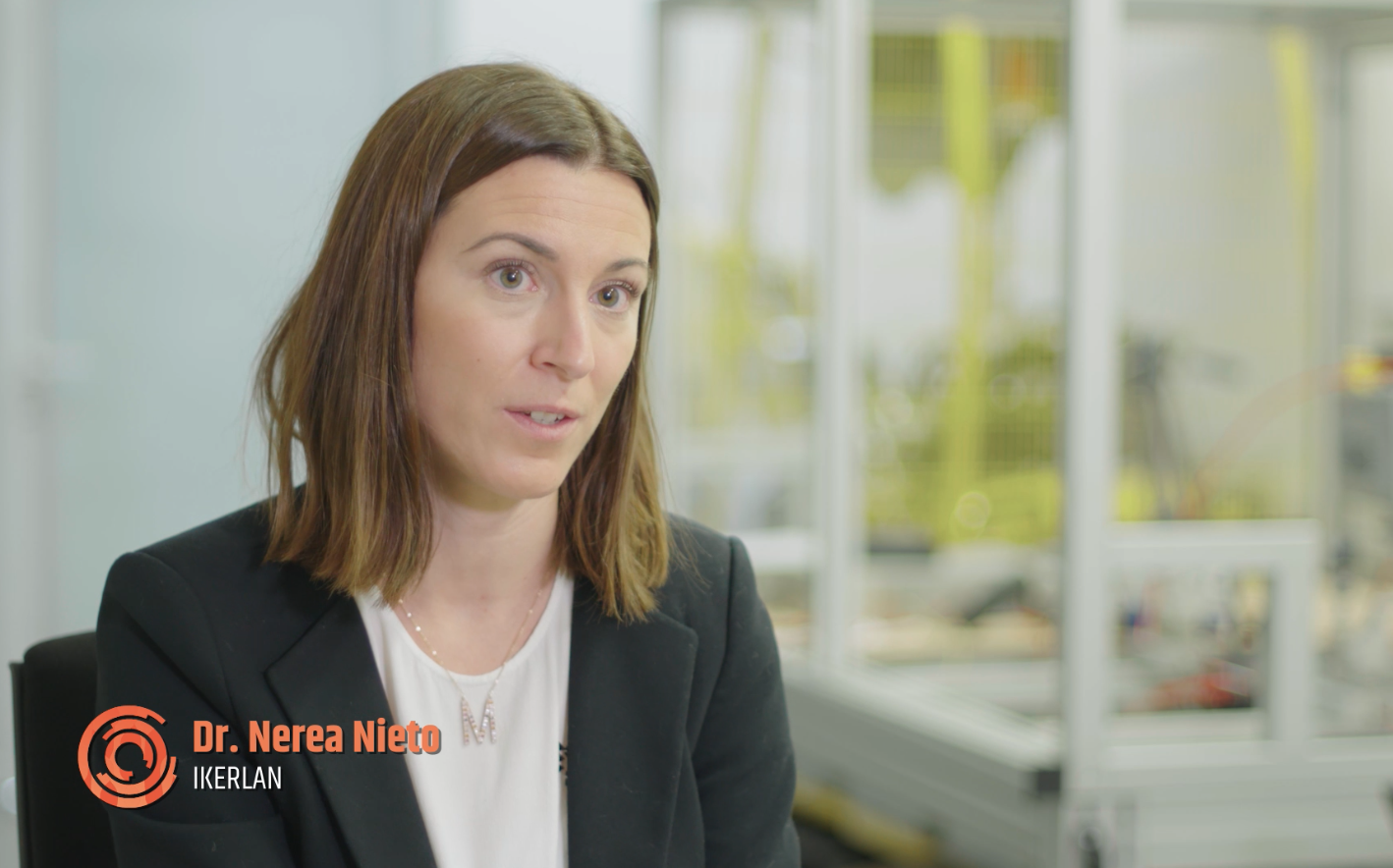The latest records are mind-blowing: up to 50% energy savings and possibly even more. During the last 4,5 years new heat pipe heat exchangers were implemented at three industrial demo-sites: an aluminium casting production plant in Spain (Fagor Ederlan), a steelworks in Slovenia (SIJ Metal Ravne) and a ceramic producer in Italy (Atlas Concorde). All coordinated by the ETEKINA consortium – a European research project led by the technology research centre Ikerlan in Spain and the Brunel University London. Chemical Engineer and expert for electrical and thermal energy management Dr. Nerea Nieto was part of the coordination team and unravelled ESCI some insides of the complex transformation process.
Dear Dr. Nieto over 30% of the global total primary energy demand is related to the industry sector, including iron, steel, cement, chemicals and petrochemicals (source: iea). A shift towards energy efficiency and more sustainable production opportunities is therefore inevitable. Here the ETEKINA project took up – aiming to recover 57-70% of the waste heat stream in energy intensive industries which up to now just go out of the chimney.
Nieto: Yes. Never before has energy efficiency been so important for the energy-intensive industry. The three industrial partners involved in ETEKINA are getting significative savings thanks to the project and that is a very important milestone. Energy managers often find it difficult to justify an investment for waste heat recovery due to the high return of investment expected. However, ETEKINA project has demonstrated it is possible.
Indeed, the calculations confirm that the investment to install the new heat pipe heat exchangers recoup in a matter of a few years. Anyway, was it difficult to convince your industrial partners to take the risk implementing a completely new technique?
Nieto: It wasn´t easy as they prefer implementing things that are reliably working for a couple of years. Another challenge was that almost all production sites needed to stop production in order that we could install the new equipment and get it ready to work. That affected the timing and additionally we needed to warranty that all the products of the industrial partners will still be done with the same quality as before. Once, you change something, you need to be sure that you will get the same temperature profile. And this is something you don´t know until you do the installation and make some kind of validations or demonstration. It´s not like our partners were not confident, but this was a really important point in the commissioning procedure.
The new heat pipe heat exchangers are an efficient tool to recover heat from industrial processes, allowing the recovered heat to be used in another process. The new invention in the heat pipes you are implementing in the ETEKINA project is that they are sealed and filled with a volatile liquid that transfers the heat quickly and passively from the bottom to the top. Was the development and implementation of those the main technical challenge of the project?
Nieto: Summarizing all, the biggest issues have not been related to the heat pipe heat exchanger itself, but to all the engineering around the heat pipe heat exchanger or the auxiliary equipment, the detailed design and the control system. At the demonstration site at Fagor Ederlan in Spain, these have been the main problems and we have done a lot of checking for the valves if they are closing correctly and if there are any heat losses. So, this is something you really need to take into account when you plan an installation like this as this in the end is time and also money.
But finally at all three demonstration sites whether it was the steelworks in Slovenia, the aluminium casting production in Spain or the ceramic producer in Italy proved excellent results in terms of viability, usability and energy savings.
Nieto: Yes, for instance, the latest data recorded at the aluminium casting production in Spain show a reduction of consumption by 48% in the first zone of the furnace. We now need to do analysis of the whole consumption, but the initial figures are quite optimistic. And in fact, we already have some ideas in order to optimize the efficiency of the system. So, these figures may be even better at the end of the project.
As the ETEKINA project is now in it´s final stage, do you think the results you can provide will convince also other energy intensive industries to apply this new heat pipe heat exchanger technique?
Nieto: Yes, definitely, this can be replicated in similar industries as well. And in fact, some of our industrial partners have already shown their interest and commitment to install further heat pipe heat exchangers in their plants. And during the last conference, representative of some other industries also showed their interest on this solution for waste heat recovery. The commitment from energy intensive industries to meet the targets expected for them in the transition to carbon neutral processes is real and waste heat recovery will be for sure part of the solution.
Dr. Nieto, as you were not only contributing to the project as an expert in developing energy management platforms and heat recovery solutions but also took over the coordinating role from your colleague Bakartxo Egilegor – how was it to supervise a consortium of 10 partners in five countries and three demonstration sites?
Nieto: I would say Bakartxo did the hardest work to have a successful project at the end. There were a lot of issues she had to overcome such as delays, Covid-19, different problems in the demo cases, etc. When I took the coordination of the project, all the 3 HPHEs were commissioned and running. In any case, it is always a challenge to coordinate such a huge consortium and I think the biggest challenge we will need to face now is the last reporting period and the final review meeting with the EC. Fortunately, we can say we have a successful project in the end which is really great!
